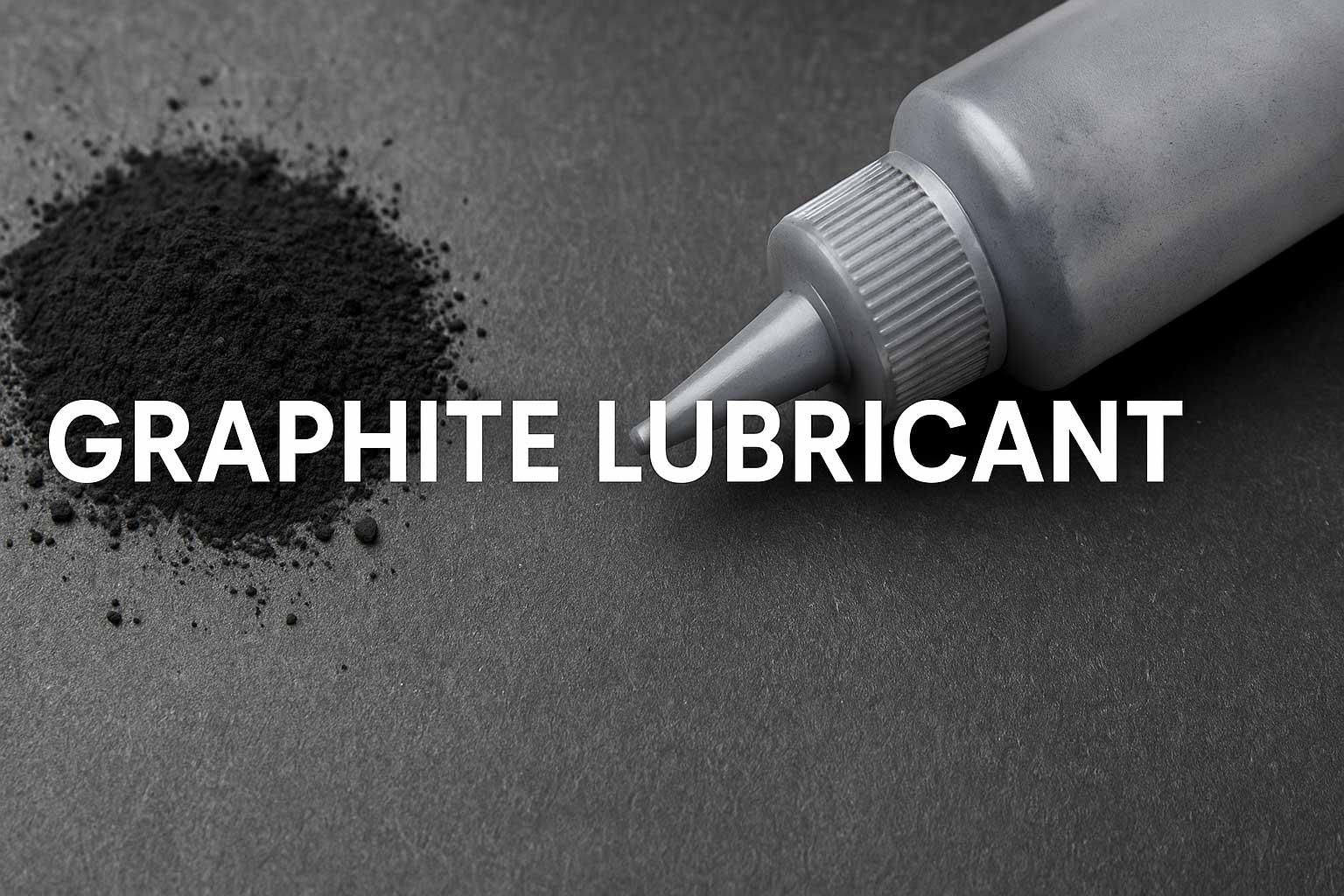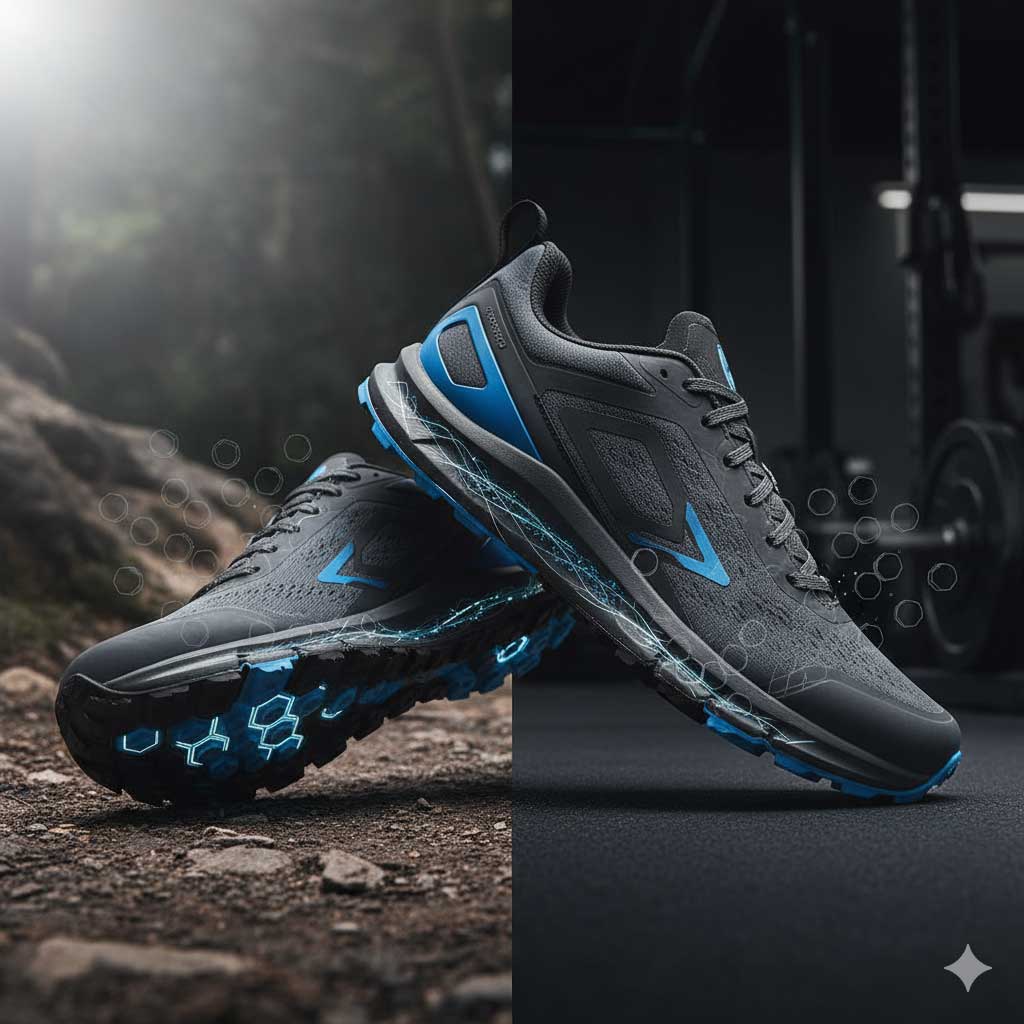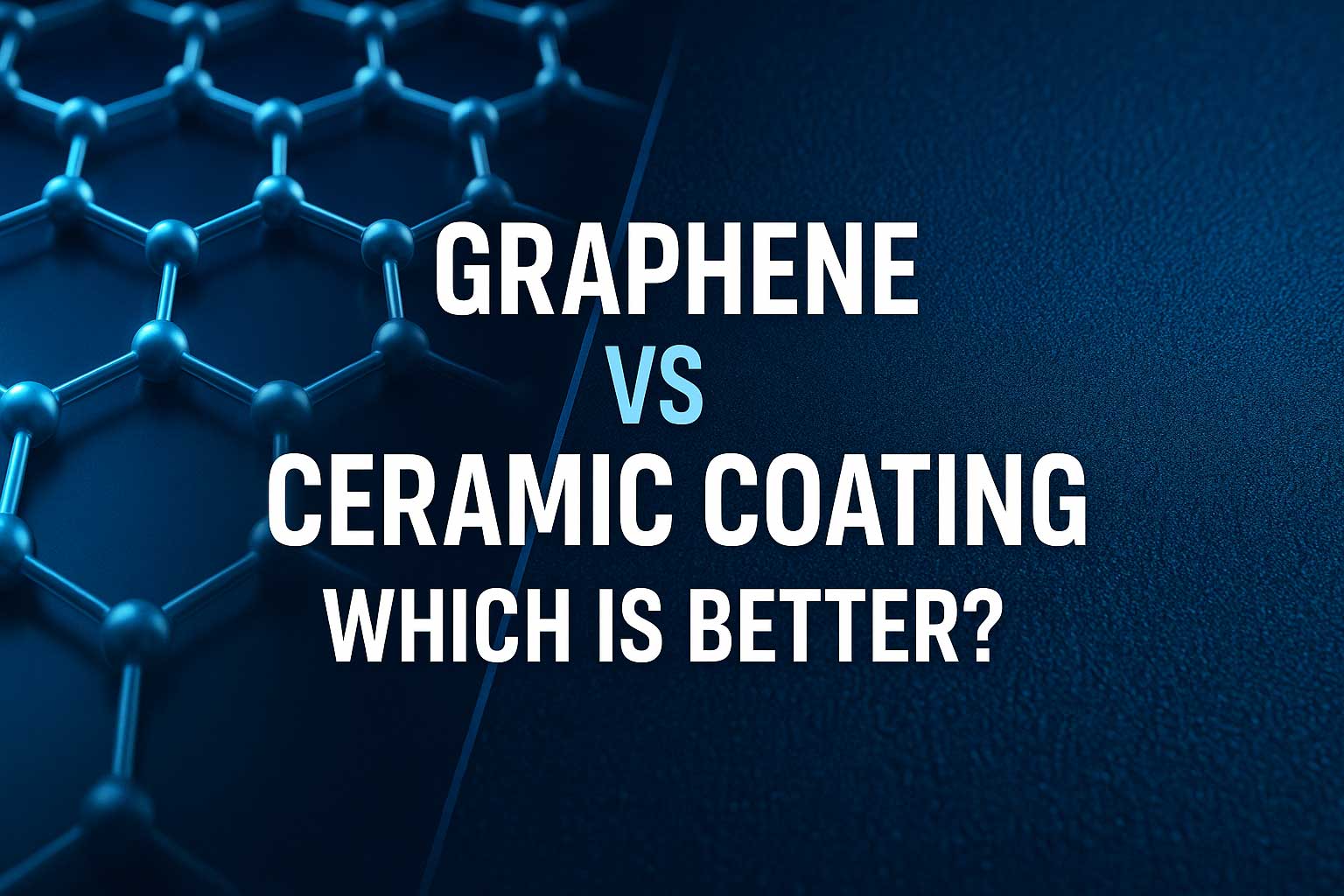What Is Graphite Lubricant? Uses, Types, and Benefits
Graphite lubricant is a dry, carbon-based material known for its excellent ability to reduce friction, resist extreme temperatures, and perform under high-pressure environments.
In this guide, you’ll learn what graphite lubricant is, how it works, and the differences between dry, powder, and lock-grade graphite lubricants used across industries and everyday applications.
What Is Graphite Lubricant?
Graphite lubricant is a form of carbon that acts as a solid lubricant. Unlike conventional oil or grease, graphite does not rely on liquid to reduce friction — instead, it uses its unique layered atomic structure, which allows carbon sheets to slide smoothly over one another.
This makes graphite ideal for situations where traditional lubricants would evaporate, burn, or freeze. It’s commonly used in automotive, aerospace, industrial, and home maintenance applications.
How Graphite Lubricant Works
The lubricating property of graphite comes from its crystalline structure. Each carbon atom is bonded to three others in flat hexagonal layers. These layers are weakly bonded to each other, allowing them to slide easily — creating a natural “dry film” lubrication effect.
When applied, graphite powder lubricant forms a thin coating that reduces metal-to-metal contact and wear, even under high heat or vacuum conditions.
Types of Graphite Lubricants
1) Dry Graphite Lubricant
A dry graphite lubricant is pure graphite in powder or spray form. It’s best for environments where oil-based lubricants would attract dust or contaminants. It can withstand extreme temperatures and is commonly used in locks, hinges, and conveyor systems.
2) Graphite Powder Lubricant
Graphite powder lubricant consists of fine graphite particles that can be dusted or mixed with a carrier fluid. It’s frequently used in die-casting, forging, and as a mold release agent. Its ability to perform under high pressure makes it valuable in industrial settings.
3) Graphite Lock Lubricant
A graphite lock lubricant is a specialized type designed to protect and smooth lock mechanisms. Unlike oily sprays that can gum up over time, powdered graphite keeps locks clean, rust-free, and easy to operate — even in freezing temperatures.
Advantages of Graphite Lubricants
- High Temperature Resistance: Performs from -100°C up to 450°C in air and over 2000°C in vacuum conditions.
- Clean and Dry: Does not attract dirt, dust, or residue.
- Long-Lasting: Offers durable lubrication with minimal reapplication.
- Corrosion Protection: Reduces oxidation and wear on metal parts.
- Versatile: Suitable for metal, plastic, and rubber surfaces.
Common Applications
Graphite lubricants are used in both industrial and consumer products. Here are the most common applications:
- Lock mechanisms and door hinges (graphite lock lubricant)
- Automotive joints, gears, and bearings
- Mold release and die casting operations
- Railway tracks and heavy equipment machinery
- Electrical switches and high-temperature valves
Dry vs Wet Lubricants
| Feature | Dry Graphite Lubricant | Oil-Based Lubricant |
|---|---|---|
| Attracts Dust | No | Yes |
| Temperature Tolerance | Excellent (up to 450°C) | Moderate (typically <150°C) |
| Use in Locks | Ideal | Not recommended |
| Residue | Clean and dry | Can become sticky or gummy |
Safety and Handling
While powdered graphite lubricant is generally safe, fine graphite dust can be messy and irritating to inhale. Always apply it in well-ventilated areas and avoid open flames. Store containers tightly closed to prevent contamination.
Summary
Graphite lubricant is a versatile, long-lasting, and clean solution for reducing friction in both mechanical and household applications. Whether it’s a dry graphite lubricant for high-temperature environments or a graphite lock lubricant for smooth operation, its unique solid lubrication properties make it one of the most reliable choices for maintenance and performance.
FAQ
What is graphite lubricant used for?
Answer: It’s used to reduce friction in locks, hinges, bearings, die-casting, and high-temperature machinery where oil lubricants fail.
Is graphite a dry lubricant?
Answer: Yes. Graphite is a natural dry lubricant, meaning it doesn’t require oil or grease to function effectively.
Can I use graphite lubricant on locks?
Answer: Yes. Graphite lock lubricant keeps locks smooth and corrosion-free without attracting dust or dirt.
What’s the difference between graphite powder and spray lubricant?
Answer: Graphite powder is pure and long-lasting, while spray lubricants contain a carrier solvent for easier application.
Does graphite lubricant conduct electricity?
Answer: Yes, graphite is conductive, making it suitable for electrical contacts where metallic grease cannot be used.




